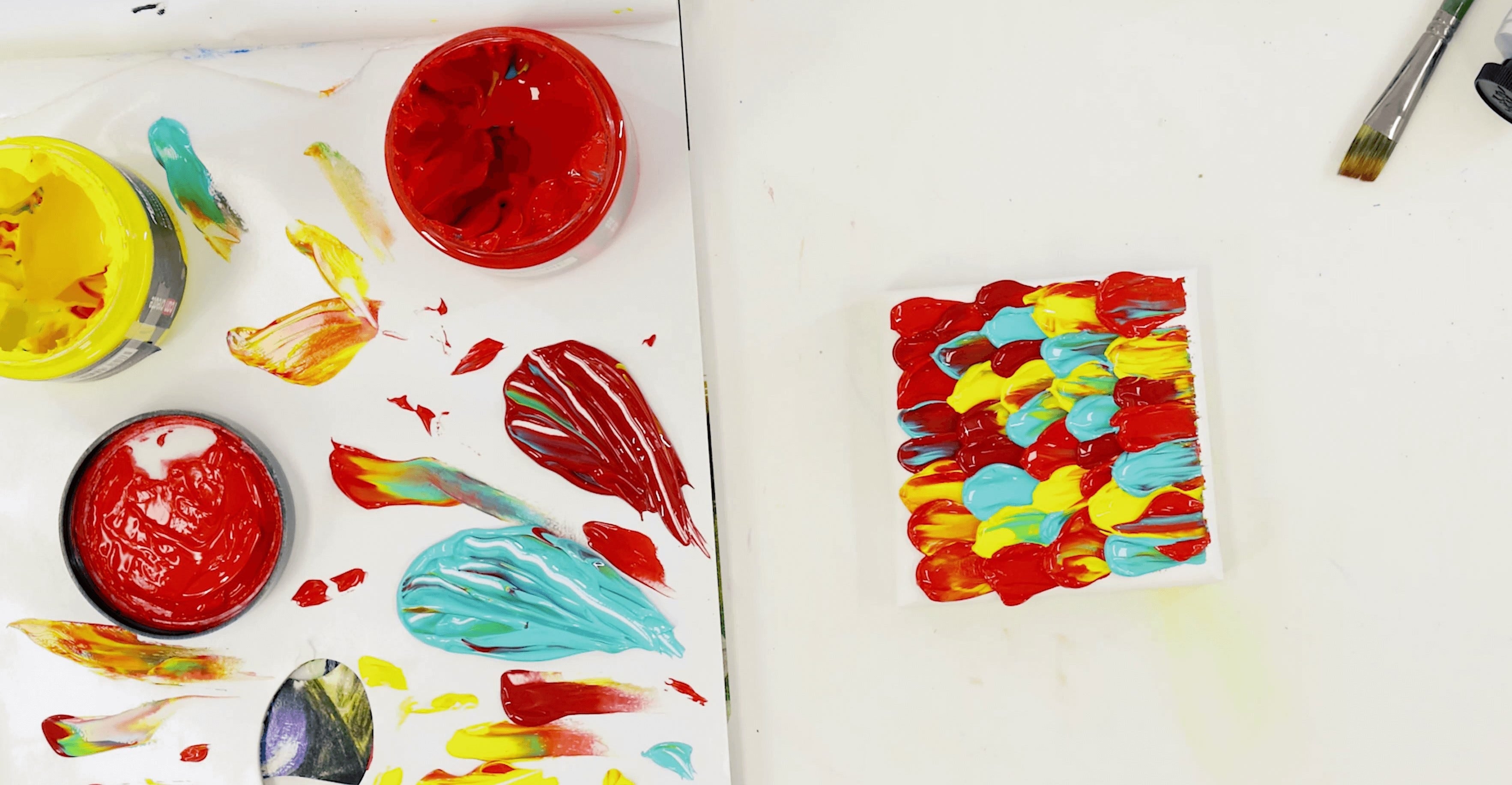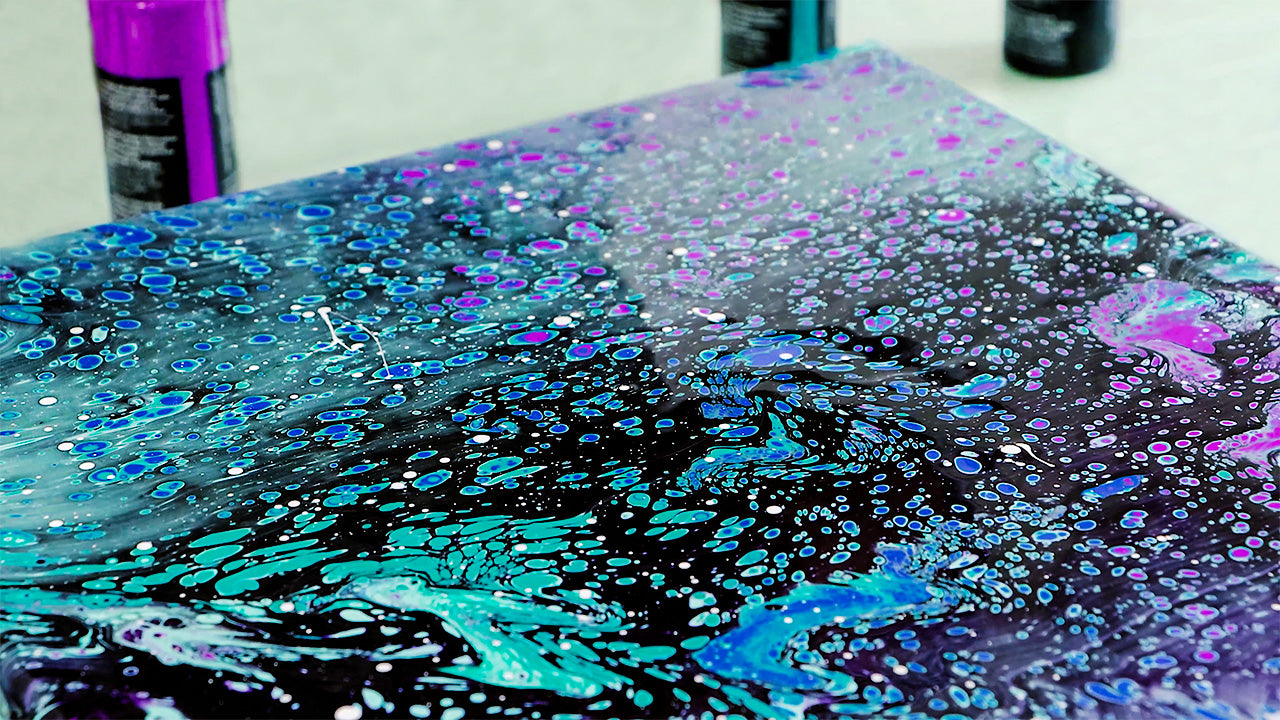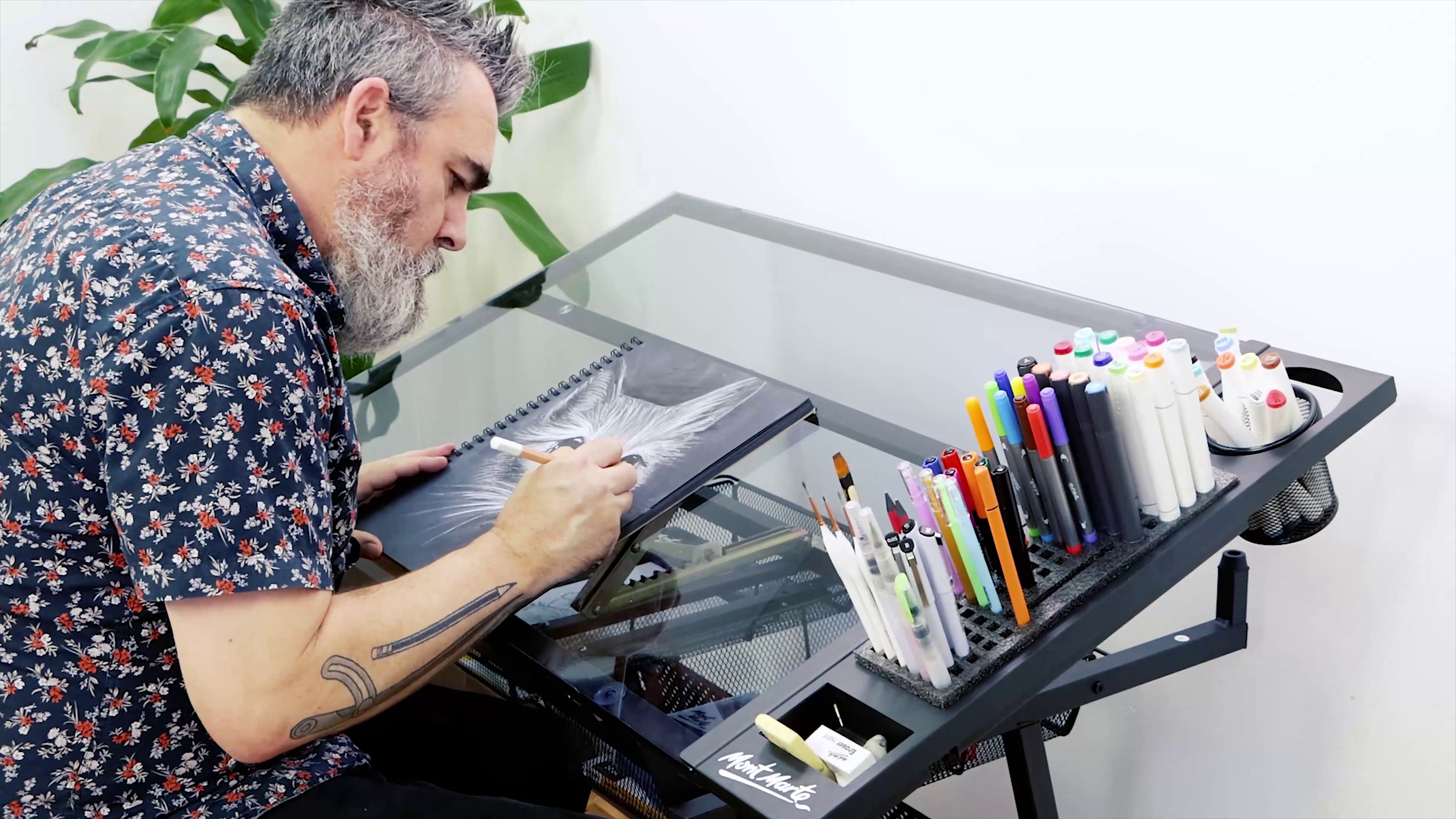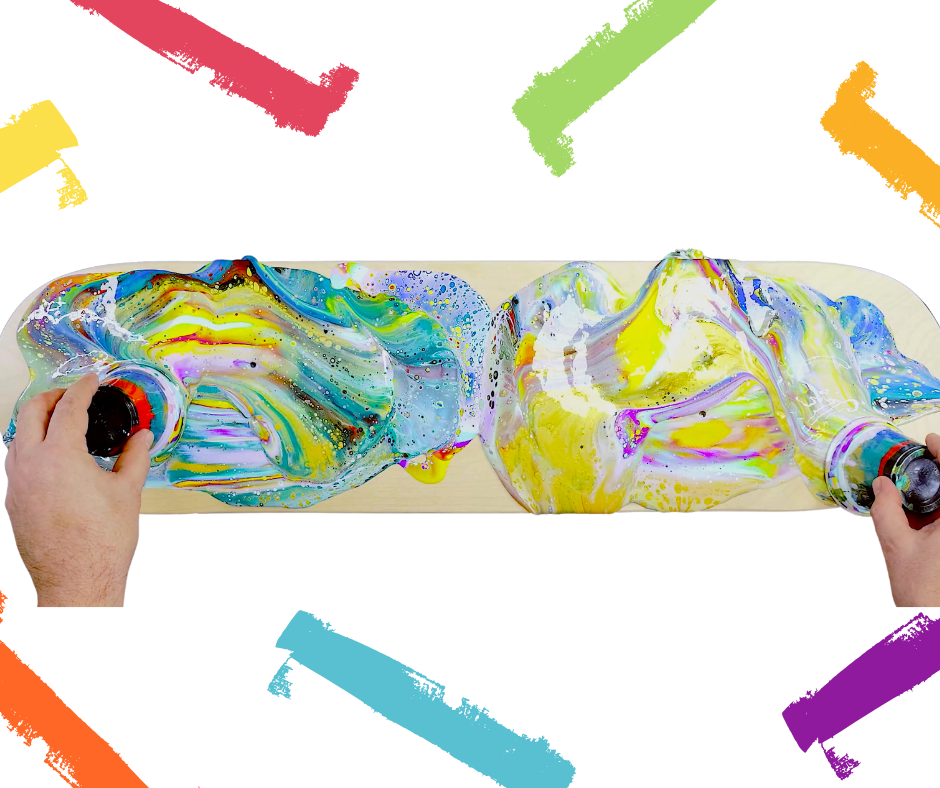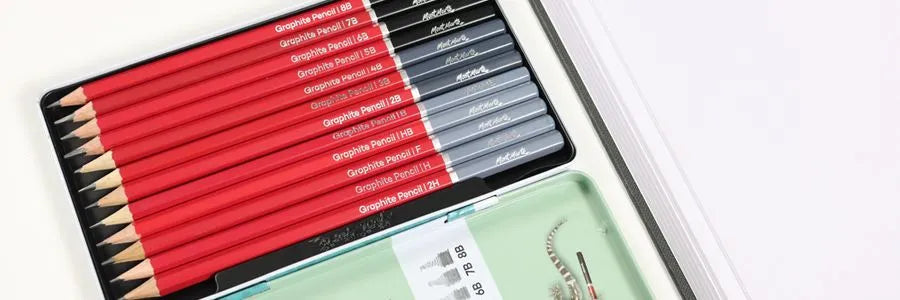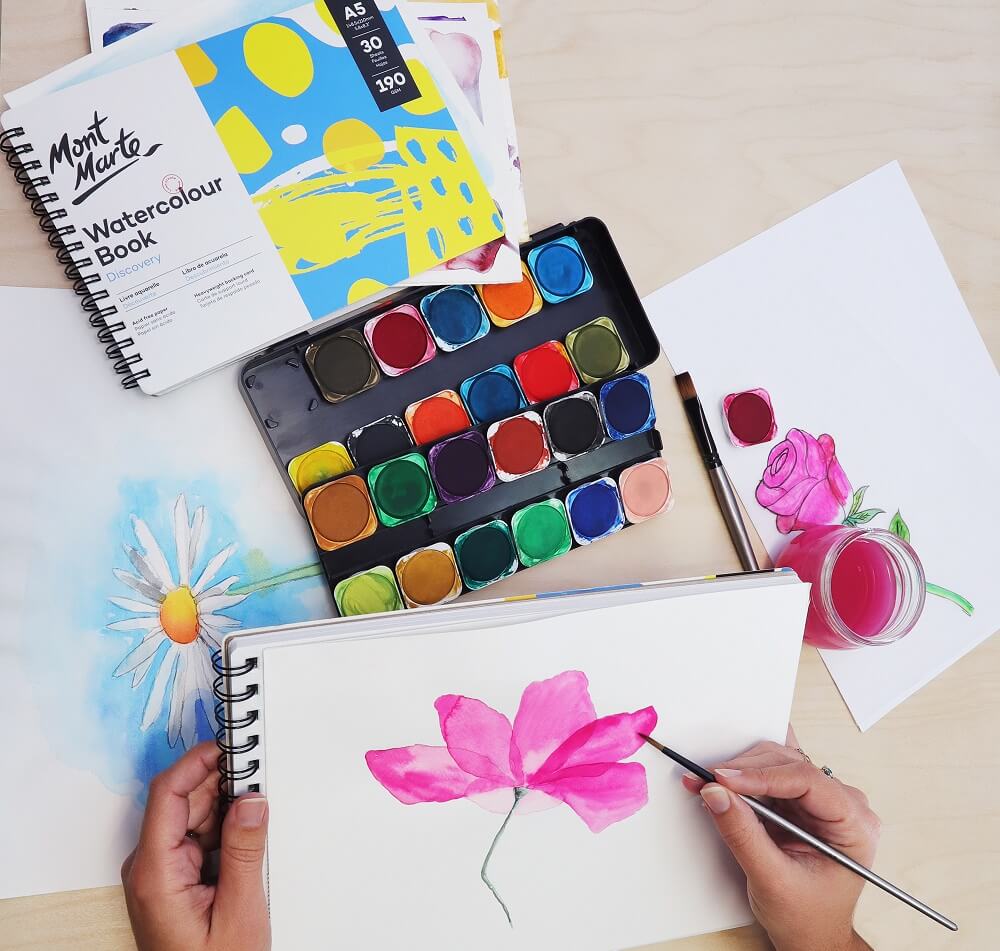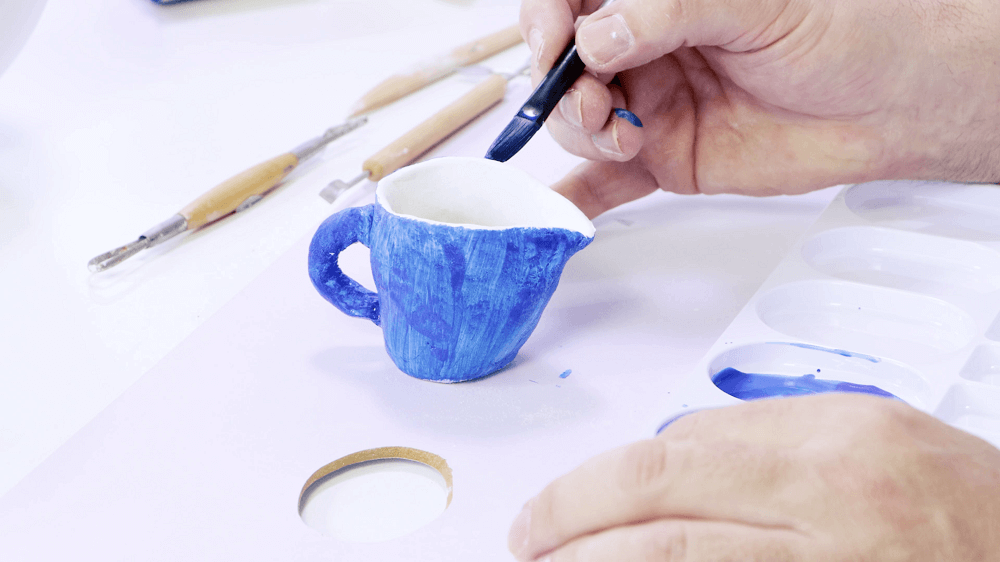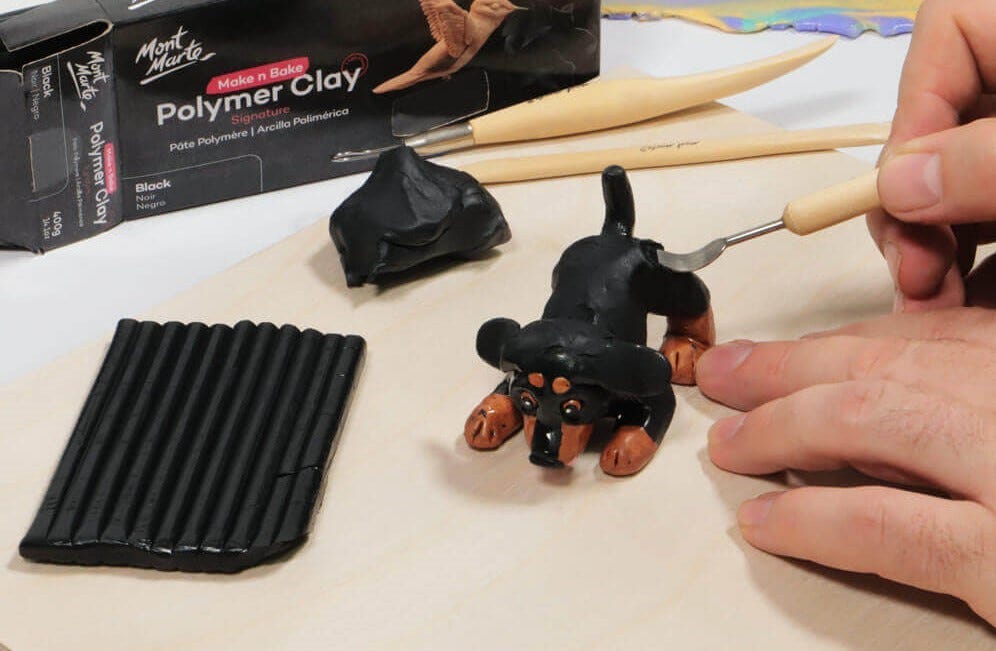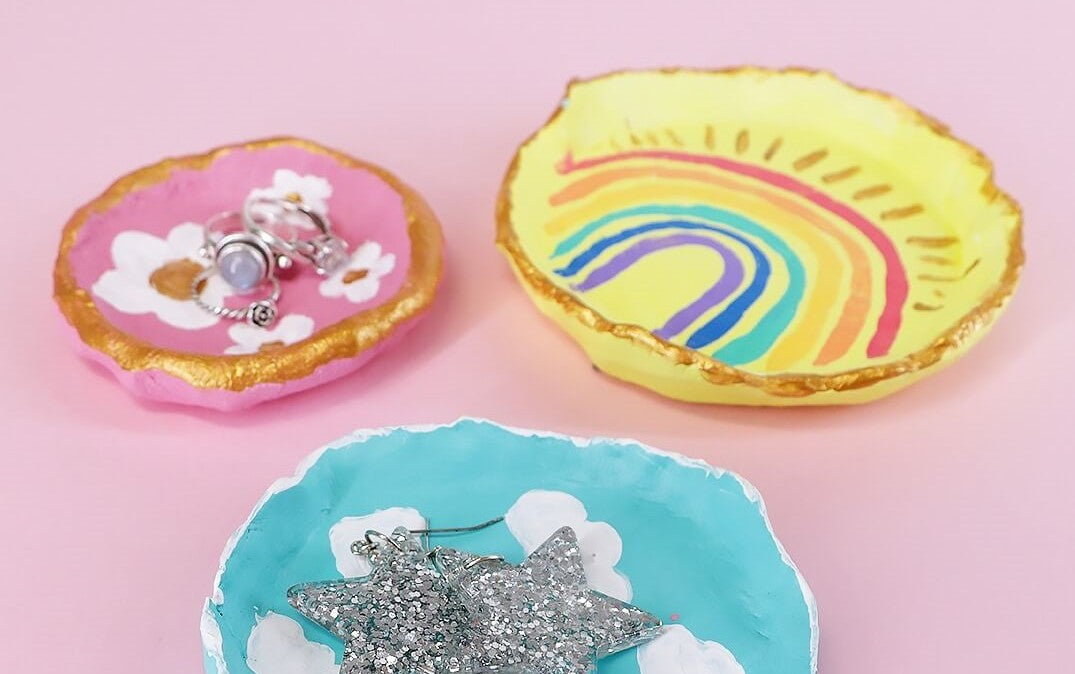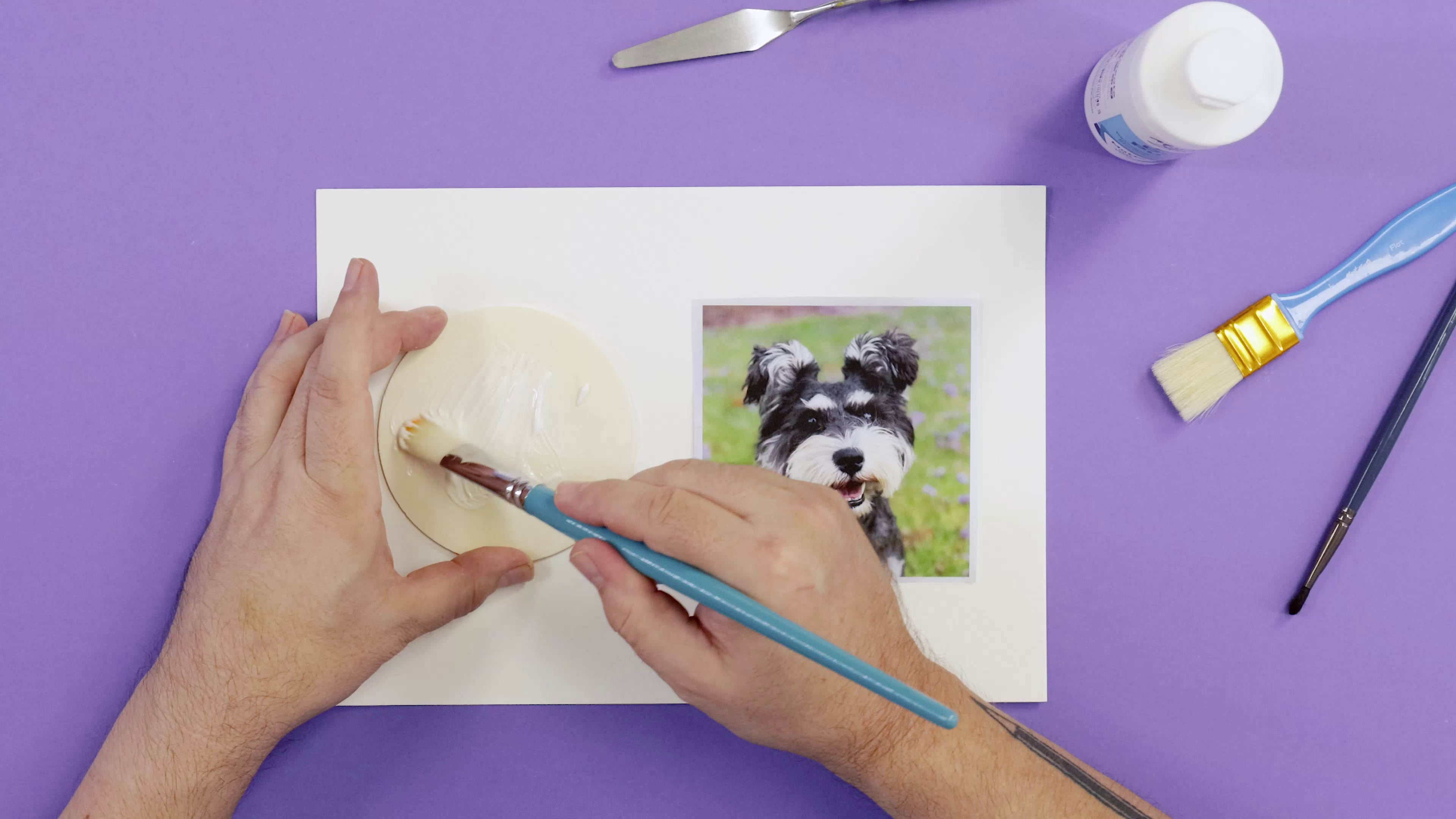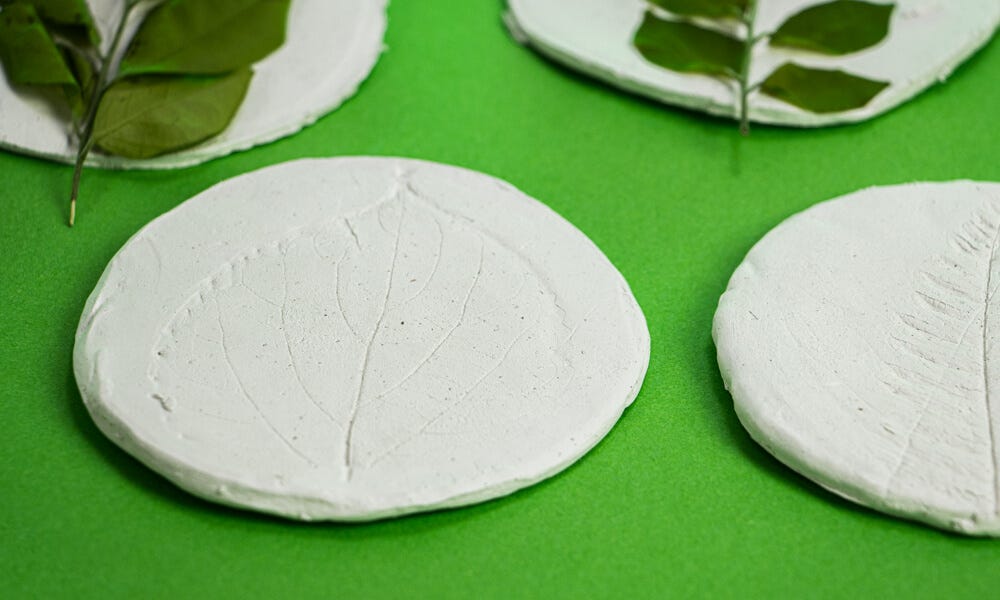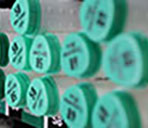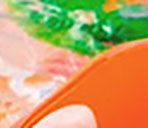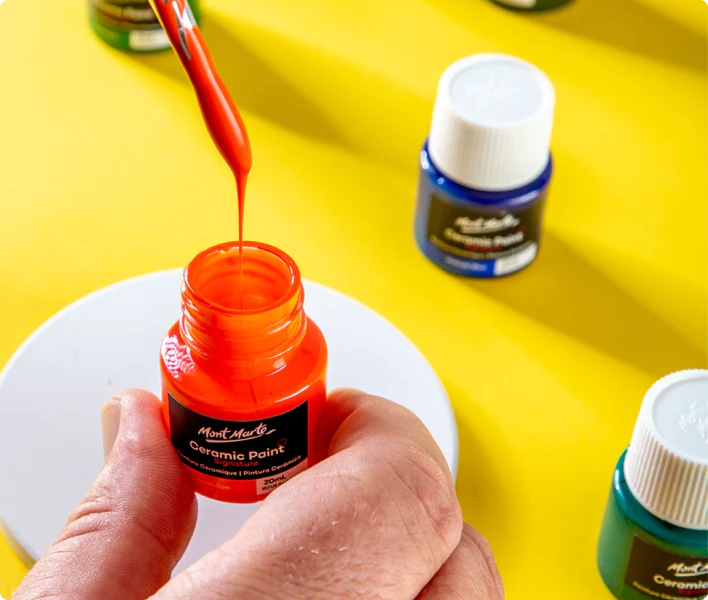Let’s start with the basics. Cells in pour paintings are those interesting bubble shapes that you can see -- they typically look like something you’d see under a microscope, plus they can be painted around to add more interest or focus to your artwork. Cells in fluid art happen because there’s a difference in the density of the paint. Thicker paint will sink to the bottom and thinner paint, will rise to the surface, and attract more cells.
Some pouring techniques will create more cells than others
Techniques like flip cup, swipe pours, dirty pours and Dutch pours are better at creating more cells. This is because these techniques use runnier paint. Thicker paint tends to sink to the bottom of pours and thicker paint works better for a ring pour.
Aim for a runny consistency
When preparing your colours, make sure the paints are well mixed and runny. Your base colour needs to be runnier than the other colours too. If you’re not too sure what consistency works for you, pick up some of our pre-mixed acrylic pour paints. These colours have a smooth flow and work well for creating cells. You can also water down your paint slightly if you’re looking for a lighter consistency.
Use silicone oil
One of the easiest ways to get cells in acrylic pouring, is to add silicone oil to your pour paints before you throw them around. Add a few drops of silicone oil to your colours, then tilt the canvas or board slowly, to keep cells intact.
Use a blow torch
If you’re looking for how to get cells in acrylic pouring without silicone oil, a blow torch, oddly enough works too. Make sure you have a light, runny consistency beforehand, then pour the paints onto your canvas or board. Then grab a blow torch to attract the cells. The heat from the blow torch will help the air bubbles rise to the surface, so more cells will come through. Just be careful not to get too close with this technique!
Those are just a few ways for how to get cells in acrylic pouring. If you’re looking for more, check out our easy DIY fluid art project, where we step you through how to create cells with silicone oil a little more deeply. Or if you’re looking to varnish your pour paintings, check out more of our how-tos.


